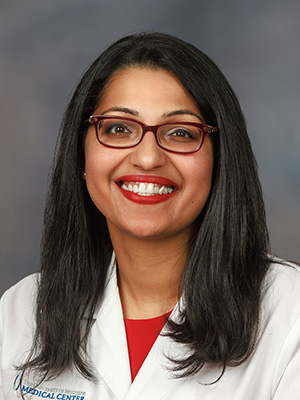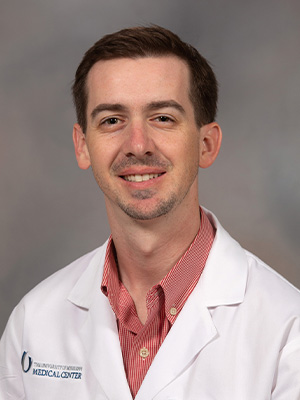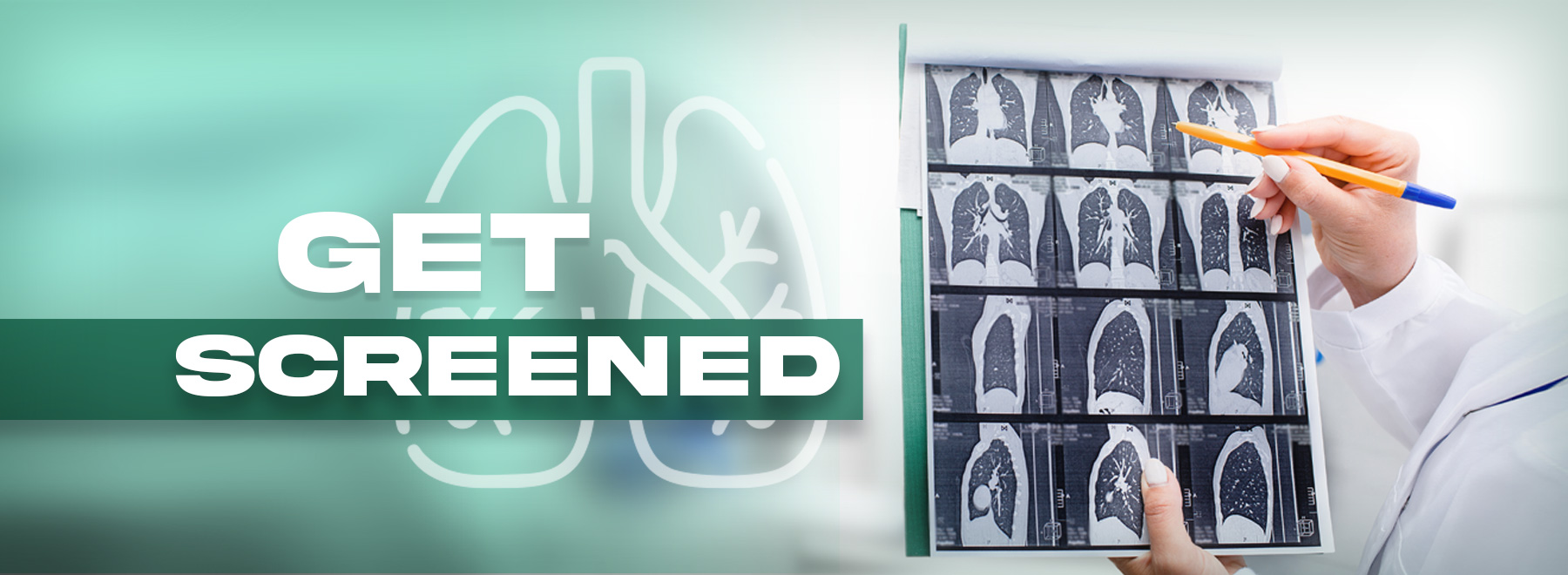Low-dose CT scans key to fighting lung cancer
Lung cancer is the leading cause of cancer-related deaths in the U.S. One of the reasons why is that it often goes unnoticed until it reaches an advanced stage.
When caught in early stages through low-dose CT scans, treatment is more effective, and survival rates increase significantly.

“When lung cancer is diagnosed in advanced stages, while we can provide treatments to improve quality of life and improve symptoms, cure is not yet an option,” said Dr. Devika Das, chief of the Division of Hematology and Oncology at the University of Mississippi Medical Center and associate director of clinical affairs for UMMC’s Cancer Center and Research Institute. “If we can catch these cancers early, we can cure more people of lung cancer.”
A low-dose CT scan, short for low-dose computed tomography, is the only recommended early screening test for lung cancer. The scan uses a low amount of radiation to show detailed images of the lungs. The scan only takes a few minutes and is not painful.

Low-dose CT scans, sometimes called CAT scans, are only recommended for those who may be the most at risk of developing lung cancer, said Dr. Jonathan Hontzas, director of the ACT Center for Tobacco Treatment, Education and Research and Lung Cancer Screening Services at UMMC. This screening is best for those who are:
- 50 to 80 years old
- Have smoked or currently smoke cigarettes
Studies have shown that low-dose CT scans have reduced lung cancer deaths by at least 20%, Hontzas said.
When lung cancer is discovered at an early stage before having spread to other parts of the body, the five-year survival rate is 60.6%. However, when it is diagnosed in a “distant” phase where it has spread far from the lungs, that rate dips to below 10%, according to data from the U.S. Centers for Disease Control and Prevention.
“Early detection of lung cancer significantly improves treatment outcomes and survival rates,” Hontzas said.
The lung cancer screening program at UMMC has been named a Center of Excellence by the GO2 Foundation for Lung Cancer.
To find out if a low-dose CT scan is right for you, call 601-984-LUNG (5864), Option 1. Screenings are available at any UMMC CT site. In-person visits are available at UMMC Pavilion, located on the UMMC campus in Jackson, and at Colony Park South.
People who smoke can reduce their risk of lung cancer by giving up tobacco. According to the National Cancer Institute, those who stop smoking for 10 to 15 years have half the risk of developing lung cancer of those who continue to smoke.
Smoking cigarettes increases the risk of at least a dozen different types of cancer, according to the American Cancer Society, which is encouraging kicking the habit on Nov. 21, a day dubbed the Great American Smokeout.
“Quitting smoking is the most effective step individuals can take to reduce their risk and support long-term lung health,” Hontzas said.
At UMMC’s ACT Center for Tobacco Treatment, Education and Research, free care and counseling are available for Mississippians who want to quit smoking. To request an appointment, email ACTCenter@umc.edu or call 601-815-1180.
The above article appears in CONSULT, UMMC’s monthly e-newsletter sharing news about cutting-edge clinical and health science education advances and innovative biomedical research at the Medical Center and giving you tips and suggestions on how you and the people you love can live a healthier life. Click here and enter your email address to receive CONSULT free of charge. You may cancel at any time.



